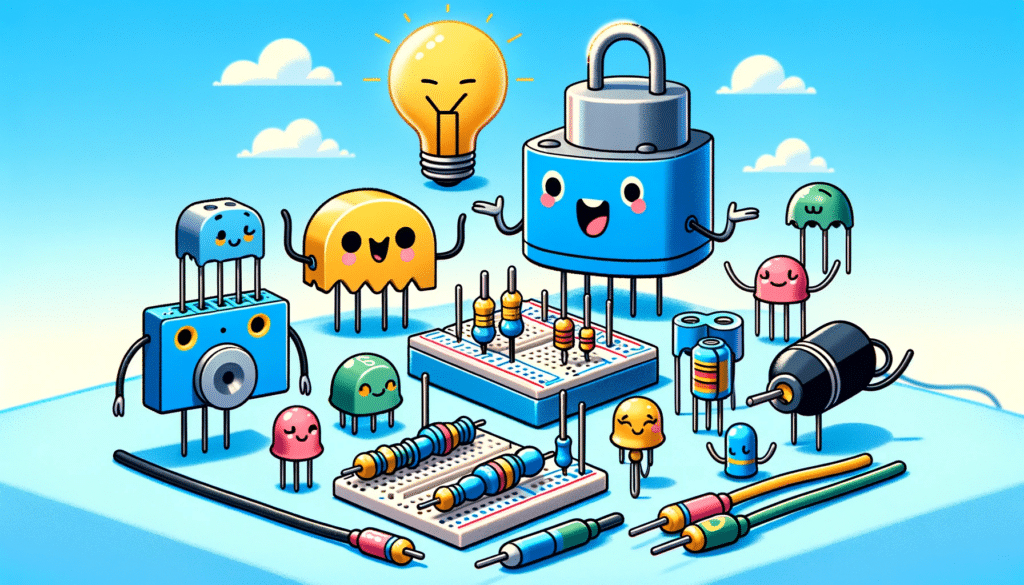
Electronics is a complex and fascinating field that deals with the behavior and control of electrons. It has a wide range of applications, from the devices we use in our daily lives to the complex systems that drive modern technology. If you’re new to electronics, it can be overwhelming to understand the basics of this field. In this article, we’ll provide an in-depth introduction to the fundamentals of electronics and the principles that govern how it works.
WHAT IS ELECTRONICS?
Electronics is a field of science that deals with the behavior and control of electrons. It involves the study of materials and devices that use electrons to control or transform electrical energy. The goal of electronics is to create circuits and devices that perform useful functions.
ELECTRICAL CHARGE AND CURRENT
Electrons are negatively charged particles that orbit around the nucleus of an atom. They have a negative charge, and protons have a positive charge. When there is a difference in electrical charge between two points, there is an electrical potential difference or voltage. When electrons move through a conductor, such as a wire, it creates an electric current. The unit of measurement for current is the ampere (A).
VOLTAGE AND RESISTANCE
Voltage is a measure of the difference in electrical potential between two points. It is measured in volts (V). Resistance is the ability of a material or component to resist the flow of electrical current. It is measured in ohms (Ω). Ohm’s law states that the current through a conductor between two points is directly proportional to the voltage across the two points, and inversely proportional to the resistance between them.
RESISTORS
A resistor is an electrical component that resists the flow of current through a circuit. It is used to control the amount of current that flows through a circuit. Resistors are measured in ohms (Ω), and the higher the resistance, the lower the current. Resistors come in various sizes and shapes, and their values are marked with color codes.
CAPACITORS
A capacitor is an electrical component that stores electrical energy in an electric field. It consists of two conductive plates separated by an insulating material. When a voltage is applied to the plates, it creates an electric field that stores electrical energy. Capacitors are used in filters, timing circuits, and power supplies. Capacitance is the ability of a capacitor to store charge, and it is measured in farads (F).
DIODES
A diode is an electrical component that allows current to flow in only one direction. It has a positive and a negative terminal, and current flows from the positive to the negative terminal. Diodes are used in rectifiers, voltage regulators, and signal processing. The most common type of diode is the semiconductor diode.
TRANSISTORS
A transistor is an electrical component that can amplify or switch electronic signals. It is made up of three layers of material, and it has three terminals: the emitter, base, and collector. Transistors are used in amplifiers, oscillators, and digital circuits. There are two main types of transistors: bipolar junction transistors (BJTs) and field-effect transistors (FETs).
INTEGRATED CIRCUITS
An integrated circuit is a small electronic device that contains many components, such as transistors, resistors, and capacitors, on a single chip. It can perform many different functions, such as amplification, switching, and signal processing. Integrated circuits are used in computers, mobile phones, and other electronic devices. There are two main types of integrated circuits: analog and digital.
CONCLUSION
This article has provided an in-depth introduction to the fundamentals of electronics, including electrical charge and current, voltage and resistance, resistors, capacitors, diodes, transistors, and integrated circuits. Understanding these basic principles is essential to anyone interested in learning about electronics. By mastering these concepts, you can begin to build more complex circuits and devices. Remember, practice makes perfect, so don’t be afraid to experiment and try new things in your electronics projects.



